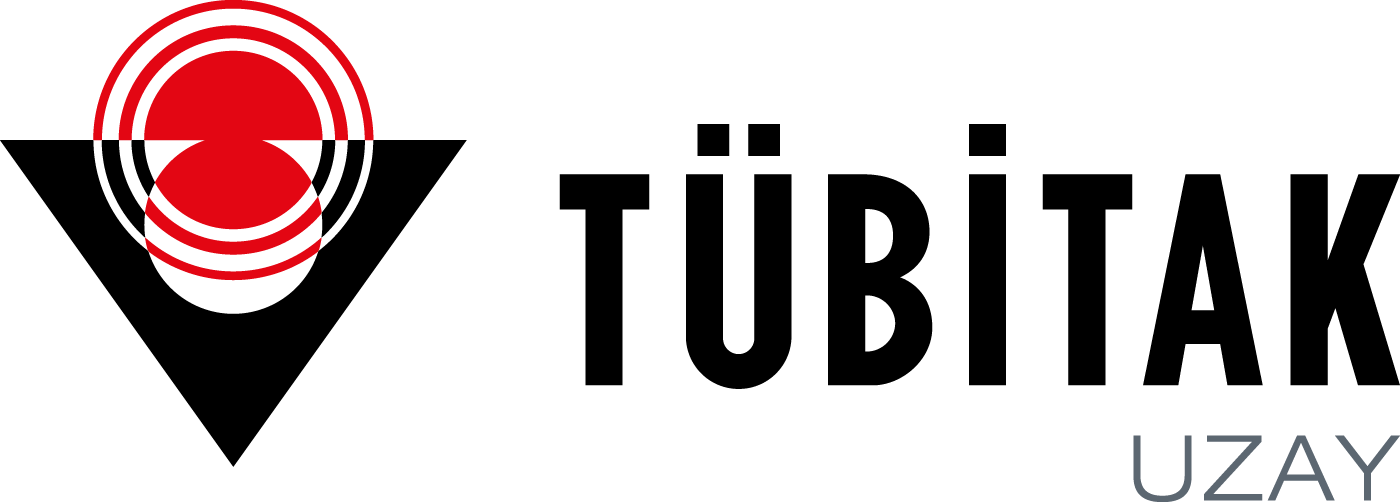BALİSTİKA® is a system with high matching performance that is user-friendly, scalable, and capable of both generating and utilizing 3D data. It operates on a relational database that links bullet projectiles, cartridge cases, firearms, their occurrence frequencies, and individuals.
Developed by TÜBİTAK UZAY using the 30-year expertise and knowledge of Turkish engineers, this system is actively used by the Directorate General of Security (Emniyet Genel Müdürlüğü) and the Gendarmerie General Command (Jandarma Genel Komutanlığı), playing a critical role in crime scene investigations and ballistic analyses.
As experts from the Bursa Ballistic Criminal Laboratory told TRT Haber, BALİSTİKA's high accuracy and fast analysis capability is vital in time-sensitive incidents. Thanks to the system's advanced 3D scanning and micro-level detail analysis, even the smallest traces on bullet cores and casings can be detected. In this way, the incidents in which a weapon has been used before or the links between different incidents can be revealed in a very short time.
High Technology in the Fight Against Crime
When a firearm is fired, it leaves microscopic marks on the bullets and cartridge cases that are unique to that particular firearm. Because these marks reflect the weapon’s characteristic features, they are of vital importance in matching evidence during ballistic analyses. BALİSTİKA, designed to examine these characteristic marks on bullet projectiles and cartridge cases, is capable of 3D imaging and analysis.
The system allows for a detailed examination and comparison of these markings, enabling the determination of whether a weapon used in one incident was used in another crime, or which incidents a seized weapon was involved in. Thus, connections between cases can be established rapidly and reliably.
The BALİSTİKA System employs an advanced working principle to examine ballistic traces associated with firearms. First, bullet projectiles and cartridge cases are scanned by BALİSTİKA to generate high-resolution, 3D images. These images are then analyzed at a microscopic level, with the distinctive features of each mark recorded in the database. Afterwards, the newly obtained data is compared with data from the crime scene or previously recorded data to determine whether they belong to the same firearm. Finally, the information gathered from these analyses is compiled into detailed reports, enabling security forces to make quick and accurate decisions.
Superior Precision and Speed
With its innovative features, the BALİSTİKA System offers significant advantages to security forces. First, its microscopic scanning and analysis capabilities can detect even the smallest differences between two samples, ensuring a high degree of accuracy. Additionally, it delivers results much faster than traditional methods, providing a critical solution in time-sensitive investigations.
Another remarkable aspect of BALİSTİKA is its capacity for building a large database. This database can be effectively used in the comparison of numerous incidents both nationally and internationally. The system’s modular and customizable structure allows it to be adapted and expanded according to the needs of different security units.
Entirely developed in Türkiye by Turkish engineers, the BALİSTİKA System not only reduces foreign dependency as a domestic and national technology but also contributes to the country’s economy through technology exports. With these features, BALİSTİKA has become one of the most powerful tools for security forces in combating crime.
Carrying Türkiyes Technological Strength to the World
Thanks to its high accuracy, speed, and reliability, the BALİSTİKA System is a technology exported not only within Türkiye but also abroad, making a significant contribution to the global success of our country’s defense industry products. BALİSTİKA brings Türkiye’s innovative approach to ballistic analysis solutions onto the world stage and continues to be one of the greatest supporters of security forces. The system is continuously enhanced under the principle of ongoing development.


